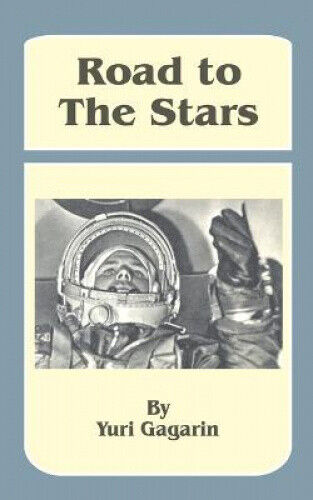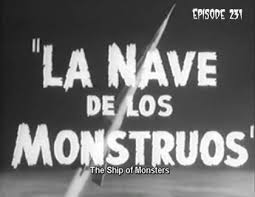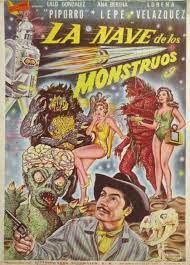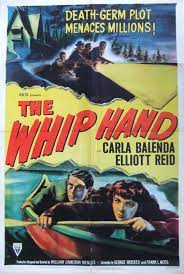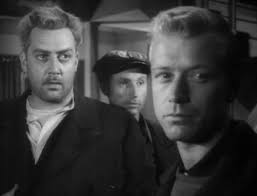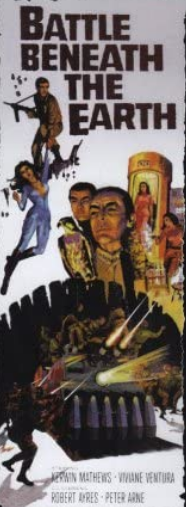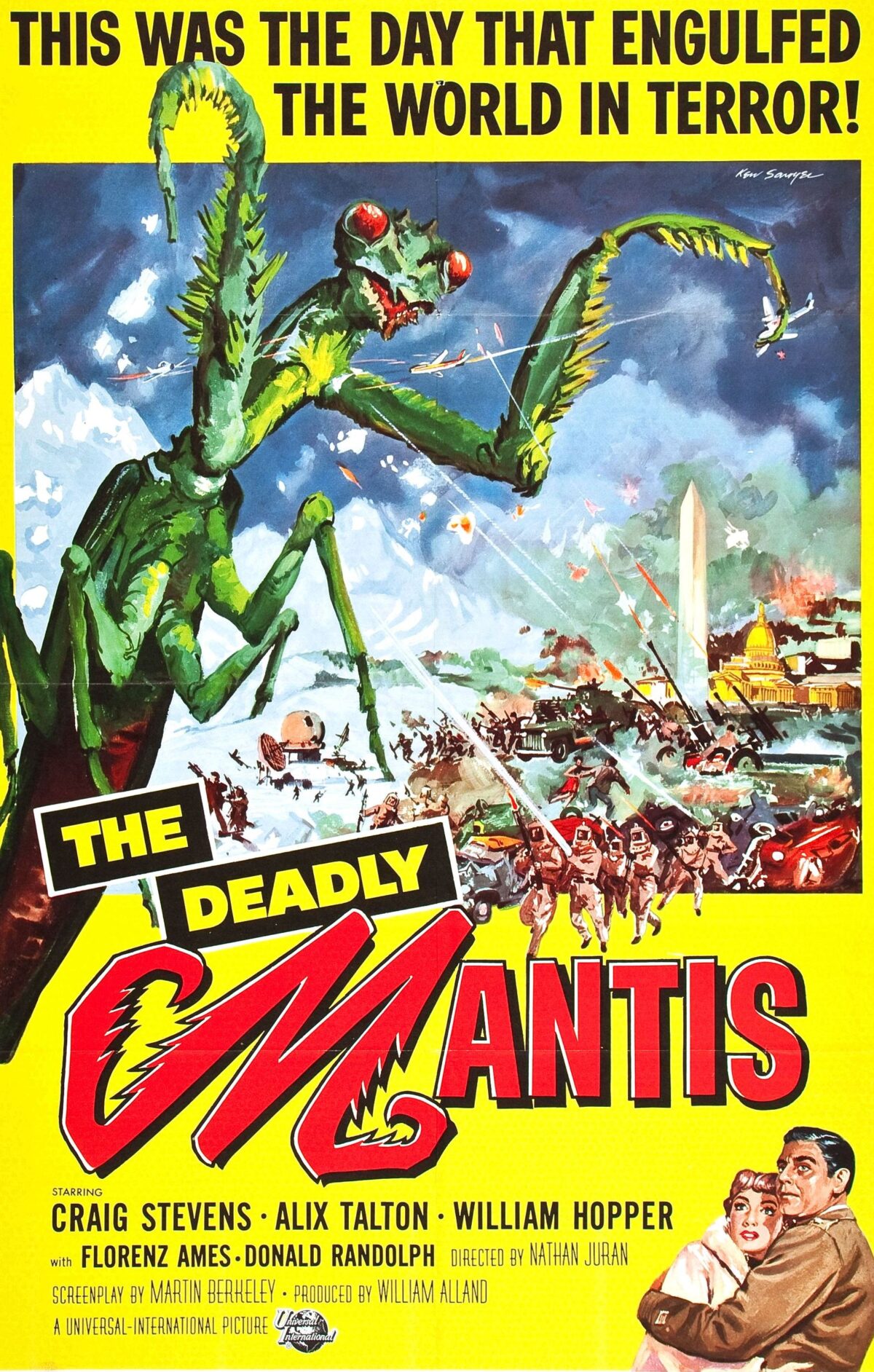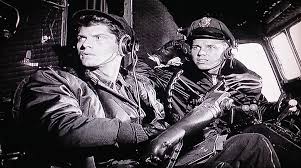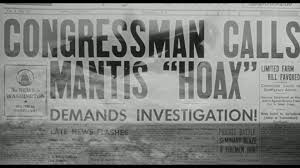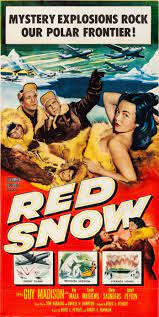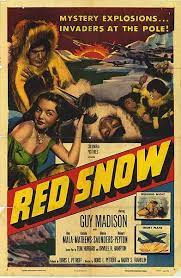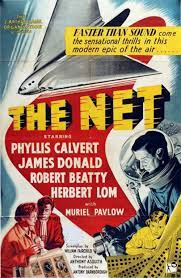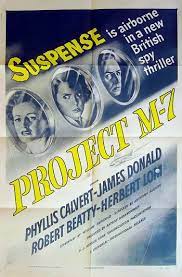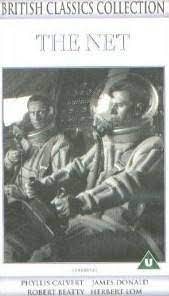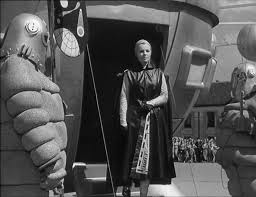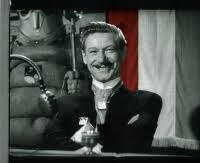The King’s Choice (2016)
IMDb meta-data is 2 hours and 13 minutes run time rated 7.1 by 8,900 cinematizens.
Genre: Biography from Norway.
Verdict: Uplifting.
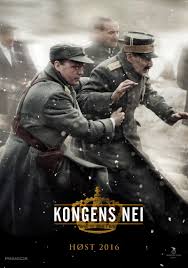
At 2:00 am on 9 April 1940 the Germans came to help Norway, so they said, by sending the darkened battleship Blücher into Oslo harbour, where alert defenders opened fire. So began war between Germany and Norway that ended on 10 June 1940. As in Denmark and the Netherlands, the German plan was a swift and overpowering assault to capture the government and force immediate capitulation. That worked in small and compact Denmark but not in watery the Netherlands and not in attenuated Norway where manoeuvre, resistance, and flight were possible.
As shots rained down in the harbour, the duly elected cabinet government debated the situation. Is it possible to negotiate? The German ambassador is keen to do so, but…before he can do anything the Wehrmacht arrives and proceeds to occupy the country, crushing resistance with overwhelming shock and awe, ignoring the ambassador’s efforts.
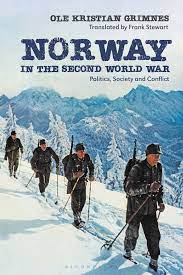
King Haakon VII is but a ceremonial figurehead, yet in this crisis many people looked to him for direction. He repeatedly defers to the government of the day, even as it disintegrates into squabbles, name-calling, blame-shifting, side deals, and other adult pastimes. In Berlin, with a parvenu’s illusion that kings are important, Hitler offers King Haakon a special arrangement – he can remain king, if he will acknowledge Hitler’s sycophant Vidkun Quisling as Prime Minister. Don’t know much about Quisling? Think of the Former Guy and you have it, a thin-skinned bully who loved rousing the rabble with idiocy to attack the defenceless. The king’s attitude is if Quisling had won a free and fair election, then so be it. Until then, no.

Neither will the residuum of the cabinet fleeing from the German advance accept Quisling who had repeatedly threatened them. End of movie.
Post scriptum. Haakon and the cabinet went into exile to Great Britain. They took with them Norway’s sizeable gold reserves and instructed the considerable Norwegian merchant fleet to make for British waters. The cabinet also directed the destruction of facilities to impede the German occupation. Norwegian gold and ships became an asset in the Allied war effort. The local resistance called itself H7 in honour of the king, who in the hour, showed the way by refusing to bow to the conquerer and insisting on Norwegian sovereignty.

This resistance had strategic value far beyond its size and effectiveness because Berlin supposed it made Norway’s long coastline ripe for an Allied invasion, and even in June 1944 the Wehrmacht had 300,000 troops stationed there in anticipation of such an invasion. That made some sense because a Nordic Front would be at the rear of the German forces attacking the Northern Soviet Union and Leningrad. Sweden might then join the Allies, too. Moreover, if that happened, then Soviet supply convoys would also benefit by eliminating German submarine and airbases in those Arctic reaches.
Aware of this German assumption, the RAF fed it with many reconnaissance flights, confirming the German belief that the second front would be Nordic, launched from Scotland. Hence the King made clandestine visits to Scotland in the hope that German agents would report his interest in this part of the United Kingdom. They did.

The film is too long and a lot could have been cut (by 30+ minutes) without loss, and it verges on hagiography, but the staging, production, and acting are superb. And the story alone is powerful.
N.B. the German ambassador is played by Stockinger, an Austrian. Hardly likely.
John Steinbeck’s terse novel The Moon is Down (1942) recounts a similar Norwegian story in microcosm.
Watching this movie, reminded me that once I had a tedious argument with an ideologue who insisted that nothing changed with the German defeat of France in June 1940. His line was that the oppressors of the toiling masses changed in a circulation of elites. Nothing more. The interlocutor was disparaging of nationalism and laughed at the value of sovereignty. The Ruling Class, the Deep State, all oppressors are the same, according to him. He really should read more.



